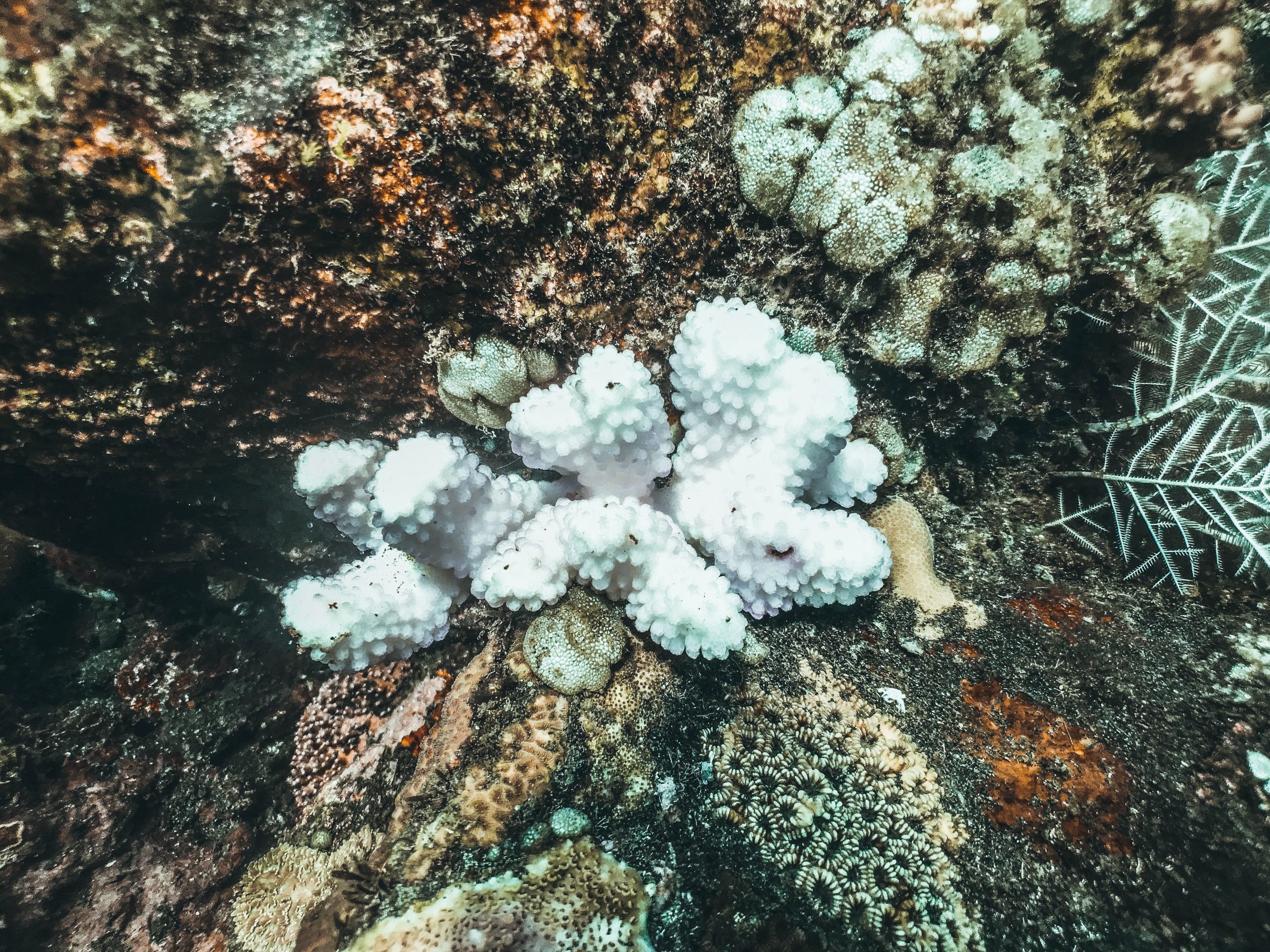Table of Contents
ToggleIntroduction:
Coral reefs are vital for ocean biodiversity, as they provide habitat for a vast range of marine species. Unfortunately, coral reefs are under threat due to the effects of climate change. In particular, mass coral bleaching episodes and infectious disease epidemics are occurring more frequently as the oceans warm to the highest levels for millions of years. The last time there was a strong El Niño (2014-2017), it was devastating for coral. With the world about to head into the next El Niño, it is essential to understand the impact this could have on coral reefs.
What is Coral Bleaching?
Coral bleaching occurs when coral polyps expel the algae that live inside them, causing the coral to turn white. This process occurs when the coral is stressed, typically due to high water temperatures. Without the algae, the coral loses its primary source of food and is more susceptible to disease. If the stress continues, the coral can die.
The Impact of Mass Coral Bleaching Episodes
Mass coral bleaching episodes have become more frequent in recent years. According to the National Oceanic and Atmospheric Administration (NOAA), the three global coral bleaching events in 1998, 2010, and 2014-2017 have been the most severe on record. The last event, which coincided with a strong El Niño, affected over 75% of coral reefs around the world and caused widespread coral death.
The Role of El Niño in Coral Bleaching
El Niño is a natural climate pattern that occurs every 2-7 years when warm water in the western Pacific Ocean moves eastward toward South America. This can cause a variety of weather changes worldwide, including higher water temperatures in the tropical Pacific. When this occurs, it can trigger coral bleaching events.
The Impact of Infectious Disease Epidemics
In addition to coral bleaching, infectious disease epidemics are also becoming more frequent in coral reefs. According to the Australian Institute of Marine Science, the number of infectious diseases affecting coral has increased by 20% over the past two decades. These diseases can be caused by bacteria, viruses, and other microorganisms and can spread rapidly through a reef.
The Role of Warming Oceans in Infectious Disease Epidemics
Warming oceans can lead to infectious disease epidemics by weakening coral immune systems, making them more susceptible to infection. Additionally, warmer waters can promote the growth and spread of pathogenic microorganisms. This combination can cause infectious diseases to spread rapidly through a reef.
The Impact of El Niño on Infectious Disease Epidemics
El Niño can also impact infectious disease epidemics in coral reefs. During the last strong El Niño, there was an increase in the prevalence of coral disease in the Caribbean. The warmer water temperatures associated with El Niño can provide ideal conditions for disease-causing microorganisms to thrive.
What Can Be Done to Protect Coral Reefs?
Protecting coral reefs requires a multifaceted approach that addresses the root causes of their decline. One of the most critical steps is to reduce greenhouse gas emissions, which are driving global warming. Additionally, reducing local stressors, such as pollution and overfishing, can help to improve coral health and resilience.
Conclusion:
In conclusion, mass coral bleaching episodes and infectious disease epidemics are becoming more frequent as the oceans warm to the highest levels for millions of years. The last strong El Niño had a devastating impact on coral reefs, and with the world about to head into the next El Niño, it is essential to understand the risks. To protect coral reefs, it is necessary to reduce greenhouse gas emissions and address local stressors. This will help to improve coral health and resilience, ensuring that these vital ecosystems continue to provide habitat for a vast range of marine species.







